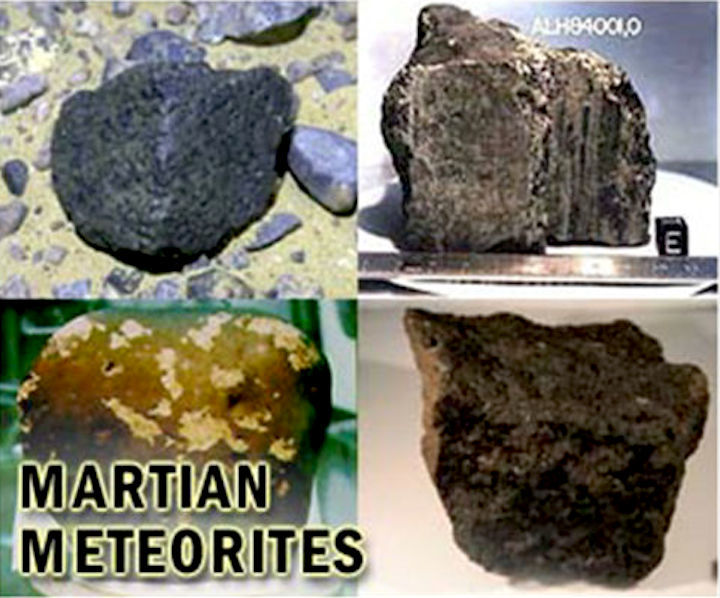10.09.2019

Volcanic Martian meteorites known as "nakhlites owe their name to El Nakhla in Egypt, where they first landed on Earth in 1911. Although they hold traces of impact of liquid water on the Martian surface the process which generated the fluids has been a mystery.
A recent study entailing modern analysis of Martian meteorites has revealed stunning new details about how asteroid impacts facilitate the generation of temporary running water sources on the red planet.
A paper titled "Boom boom pow: shock-facilitated aqueous alteration and evidence for two shock events in the Martian nakhlite meteorites," published in Science Advances, outlines how the research helps narrow down the potential location of the impact crater on the Martian surface that blasted some of those Martian rocks into space millions of years ago.
The findings of the study, funded by the Science and Technology Facilities Council (STFC) are the result of what is referred to as a "Martian CSI'.
It uses sophisticated techniques to reconstruct major events that impacted the rock since it was formed on Mars around 1.4 billion years ago.
The University of Glasgow planetary scientists and colleagues from Leeds, Italy, Australia and Sweden resorted to a technique known as electron backscatter diffraction to examine slices of two different Martian meteorites known as "nakhlites."
These are group of volcanic Martian meteorites named after El Nakhla in Egypt, where the first of them fell to Earth in 1911. The rocks have preserved evidence of liquid water leaving its trace on the Martian surface approximately 633 million years ago.
The process that originally generated these fluids has been shrouded in mystery up until now.
Dr. Luke Daly, Research Associate in Solar System Science at the University of Glasgow's School of Geographical and Earth Sciences and lead author of the study, said:
"By applying this electron backscatter diffraction technique, we've been able to look very closely at the orientation and deformation of minerals across the whole area of these samples of Martian rock to look for patterns."
According to the scientist, the pattern of deformation in the minerals matched the distribution of weathering veins that formed from the Martian fluids, offering exciting data about two big events from the history of those rocks.
The first is that about 633 million years ago they were hit by an asteroid that deformed them into part of an impact crater.
"This impact was big enough and hot enough to melt the ice under the Martian surface and send it rushing through newly-formed cracks in the rock-effectively forming a temporary hydrothermal system below the surface of Mars, which altered the composition of the minerals in the rocks, close to these cracks. It suggests an asteroid impact was the mystery mechanism for generating liquid water in the nakhlites long after the volcano that formed them on Mars had become extinct," said the scientist.
The second important discovery gleaned from the study is that the rocks must have been hit twice, with the impact about 11 million years ago blasting them off the surface of the planet towards Earth.
The study provides new insight into the formation of the Martian landscape and offers clues which could help pinpoint exactly where on Mars the nakhlites originated.
"It's a piece of interplanetary detective work which is still ongoing but we're keen to crack the case," added Daly.
Quelle: SD
